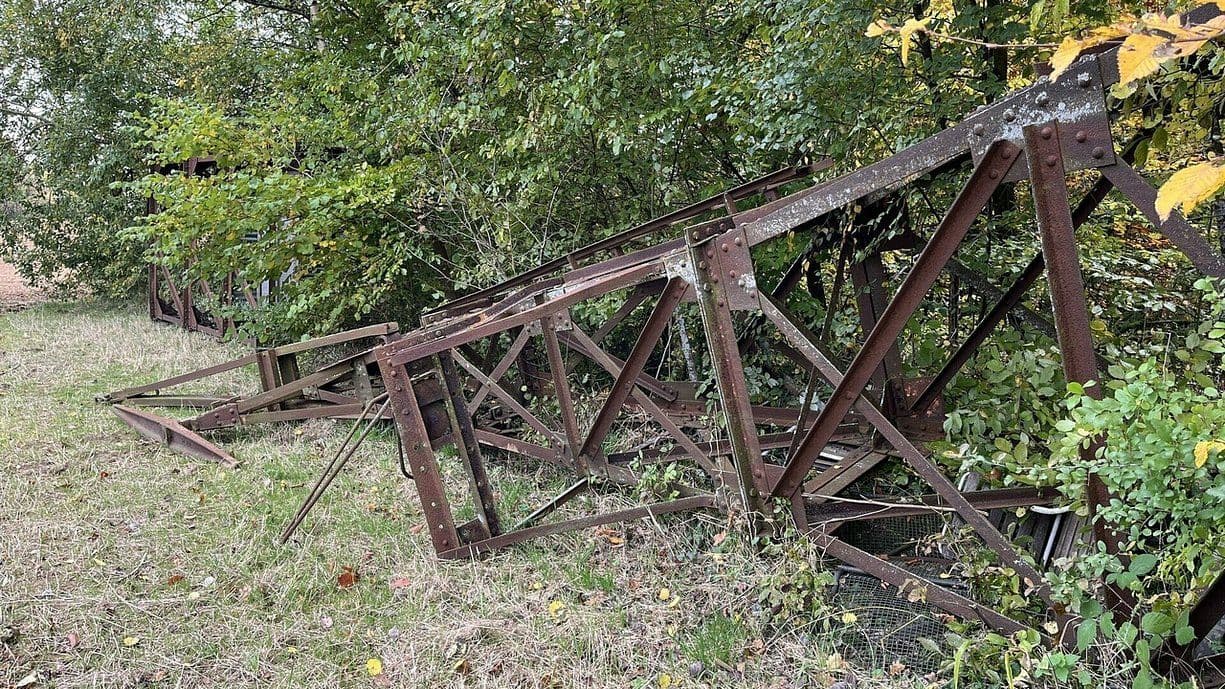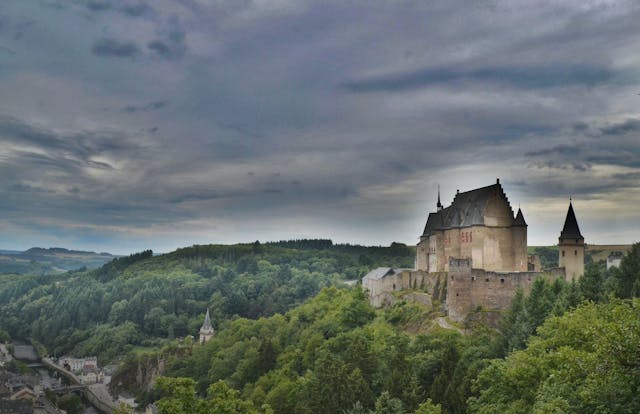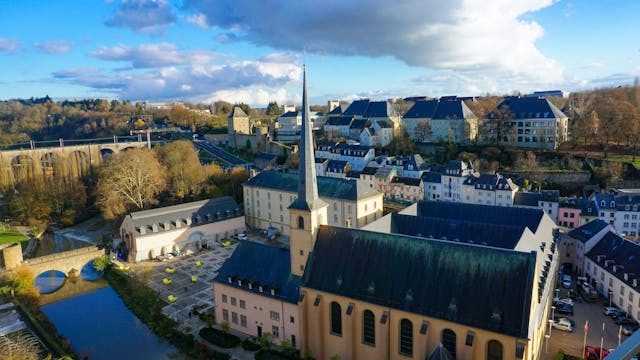How one farmer sparked a wave of anger in Luxembourg's industrial heartland

Lynn Chruchten, RTL
The morning of 3 October in Rumelange began as usual for local resident Alain Zimmermann - a walk with his dog along a forest path. But something shocking awaited him on his usual route: a metal mast pole, a symbol of the town's industrial past, had been savagely destroyed by a tractor. The pole, which had stood at the edge of the forest for decades, had been torn in half, removed from its base and abandoned among the trees.
It later emerged that the demolition had been carried out by a local farmer who owns the plot. However, he did not have a demolition permit, as confirmed by the Rumelange town hall. Mayor Henri Haine expressed deep regret, calling the incident "extremely regrettable" and emphasising that the pillar was an important part of the local industrial heritage.
The ruined pole was part of a unique 12.7-kilometre cable car built in 1906 by the German firm Pohlig of Cologne. This system transported iron ore from Ottange in France via Belval to Differdange, providing a logistical artery for Luxembourg's then thriving steel industry. The last carriage travelled along these ropes in 1980.
According to historian Denis Klein, a volunteer at the National Mining Museum, the pillars no longer have an economic function, but represent a "powerful symbol of the industrial identity" of the region. Their demolition is perceived as the loss of a piece of collective memory.
Although the pole has not been registered as a protected monument, the mayor's office is already considering legal action. As the dismantling was done without authorisation, the legal perspective is still under discussion. In the meantime, the mayor's office plans to contact the farmer to find out whether it is possible to salvage the fragments of the destroyed object.
In addition, the authorities intend to introduce a local protection mechanism for the surviving masts to ensure that similar actions do not happen again. Some well-preserved poles can still be seen in Esch-sur-Alzette and near the National Mountain Museum in Roumelange, one of which even retains its original gondola.





